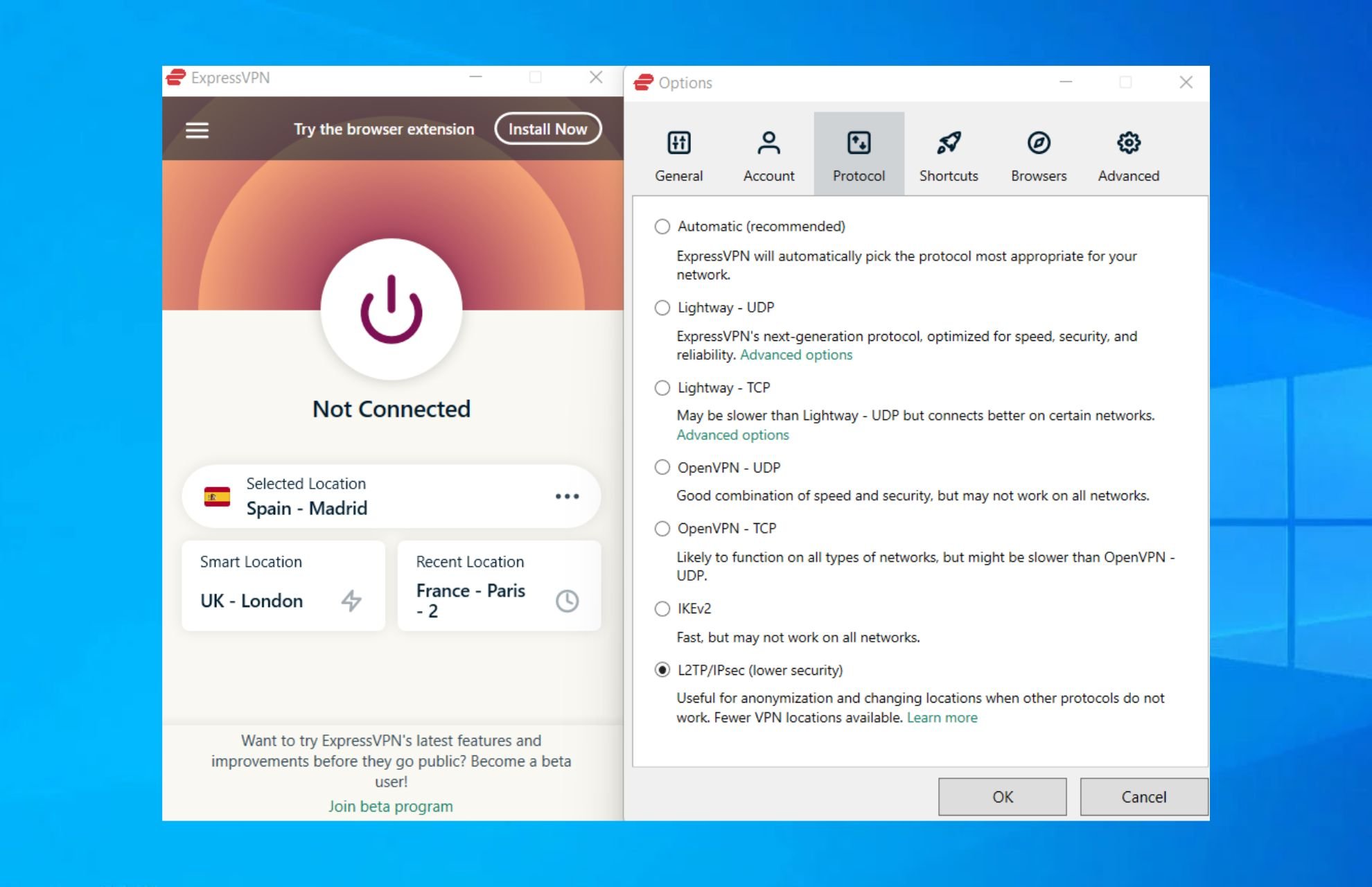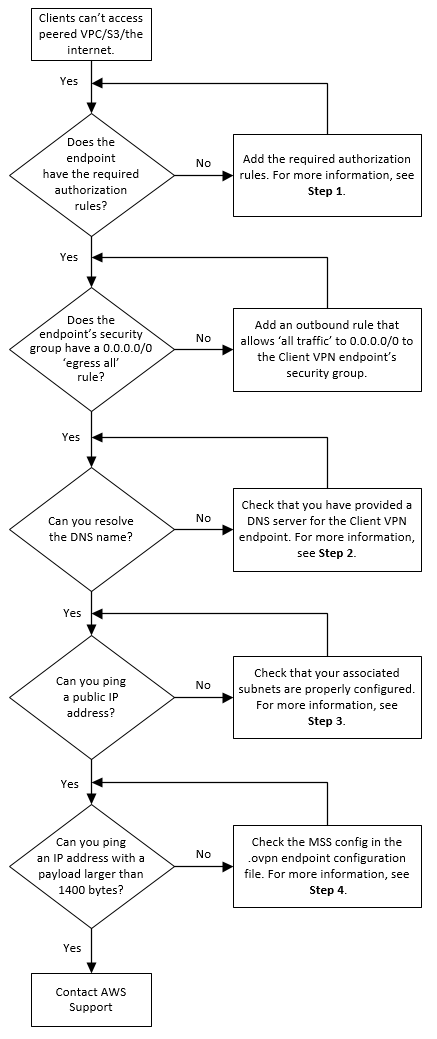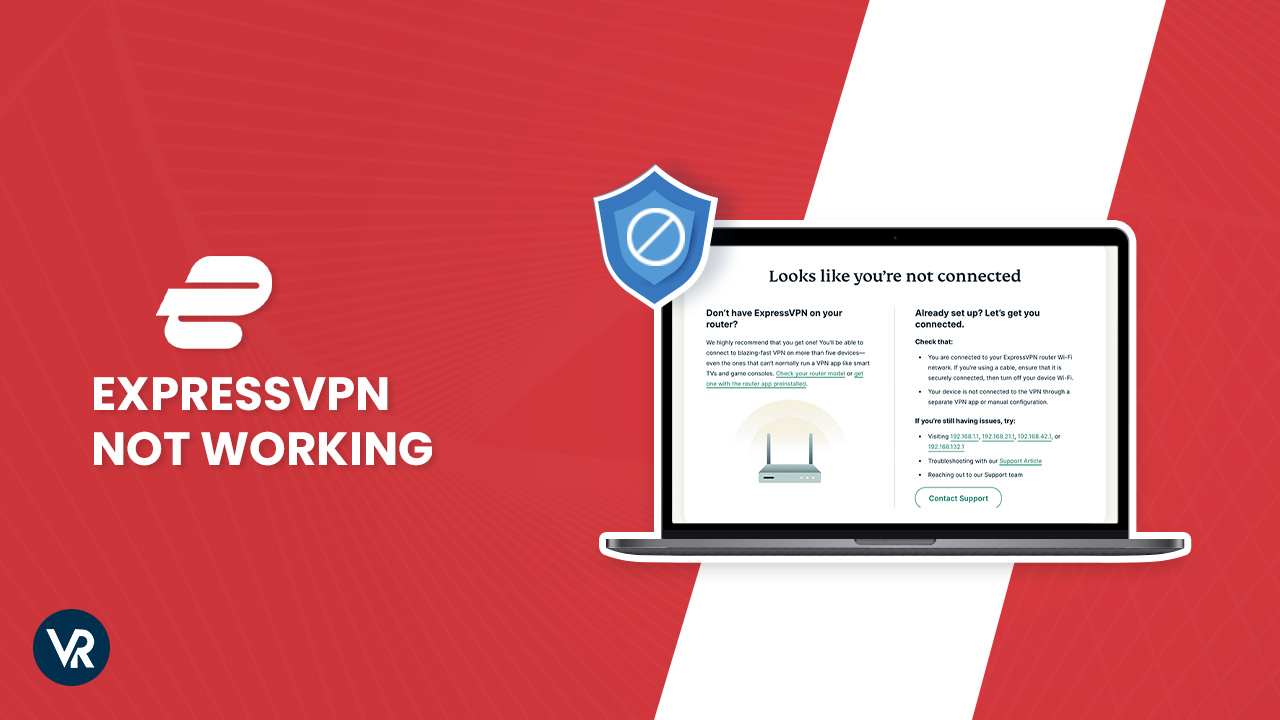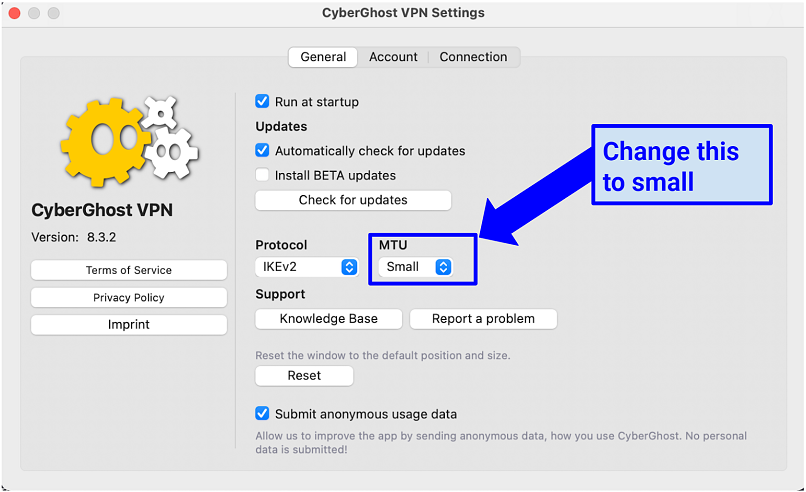Featured
Table of Contents
9 Most Common Network Issues And How To Solve Them

The Routing and Remote Access snap-in lives within the Microsoft Management Console, referred to as the MMC. There are numerous methods to access the MMC. You can choose the console from the Start menu's Programs choices, within the Administrative Tools folder within Windows server's Control board or by typing mmc at a command prompt.
As Tech, Republic's Brandon Vigliarolo shows within his video at the start of this article, the Providers console displays the status of the Routing and Remote Access entry. From within the Providers console and with the Routing and Remote Gain access to entry highlighted, you can click Start the Service or right-click the entry and select Restart.
In some cases the VPN customer and VPN server are set to utilizing various authentication approaches. Verify whether an authentication mistake is the issue by opening the server console. Another method of accessing the MMC is to type Control+R to open a command timely in which you can type mmc and struck Go into or click OK.
If the entry isn't present, click File, choose Add/Remove Snap-in, select the Routing and Remote Gain access to alternative from the choices and click Include, then OK. With the Routing and Remote Gain access to snap-in added, right-click on the VPN server and click Residences. Then, review the Security tab to verify the authentication approach.
Vpn Troubleshooting Guide (2023)
Make sure the VPN client is set to the authentication technique specified within the Security tab. Typically the products just examined are accountable for a lot of VPN connection refusal mistakes.
Each Web-based VPN connection typically uses two various IP addresses for the VPN customer computer system. This is the IP address that's utilized to establish the preliminary TCP/IP connection to the VPN server over the Web.

This IP address generally has the very same subnet as the local network and thus enables the client to interact with the regional network. When you set up the VPN server, you must configure a DHCP server to assign addresses to customers, or you can create a bank of IP addresses to appoint to customers directly from the VPN server.


If this choice is chosen and the reliable remote gain access to policy is set to permit remote access, the user will be able to connect to the VPN. I have actually been not able to re-create the circumstance personally, I have actually heard reports that a bug exists in older Windows servers that can cause the connection to be accepted even if the effective remote gain access to policy is set to reject a user's connection.
Windows 11, 10 The Attempted Vpn Tunnels Failed

Another common VPN problem is that a connection is successfully established however the remote user is unable to access the network beyond the VPN server. By far, the most typical cause of this problem is that consent hasn't been given for the user to access the whole network. To allow a user to access the whole network, go to the Routing and Remote Access console and right-click on the VPN server that's having the problem.
At the top of the IP tab is an Enable IP Routing check box. If this check box is allowed, VPN users will be able to access the rest of the network, presuming network firewall programs and security-as-a-service settings allow. If the checkbox is not chosen, these users will be able to gain access to just the VPN server, however nothing beyond.
If a user is dialing directly into the VPN server, it's usually best to configure a fixed route in between the client and the server. You can set up a fixed route by going to the Dial In tab of the user's properties sheet in Active Directory Users and Computers and selecting the Apply A Static Path check box.
Click the Include Path button and then get in the location IP address and network mask in the area offered. The metric should be left at 1. If you're using a DHCP server to assign IP addresses to clients, there are a couple of other issues that could trigger users not to be able to surpass the VPN server.
How To Troubleshoot Common Issues With Avast Secureline ...
If the DHCP server assigns the user an IP address that is already in usage elsewhere on the network, Windows will find the conflict and prevent the user from accessing the remainder of the network. Another common problem is the user not getting an address at all. Most of the time, if the DHCP server can't appoint the user an IP address, the connection won't make it this far.
254.x. x range. If the client is assigned an address in a variety that's not present within the system's routing tables, the user will be unable to browse the network beyond the VPN server. Other concerns can contribute to this issue, too. Make sure the resources the user is attempting to access are in fact on the network to which the user is linking.
A VPN connection to the other subnet might, in reality, be needed. A firewall or security as a service option could also be to blame, so do not forget to examine those services' settings, if such elements exist between the VPN server and the resources the user seeks to reach.
The very first possibility is that one or more of the routers involved is performing IP packet filtering. I suggest examining the customer, the server and any makers in between for IP package filters.
Latest Posts
Best Free Vpn For Business In 2023
How The Vpn By Google One Works
The Best Vpns For Android In 2023